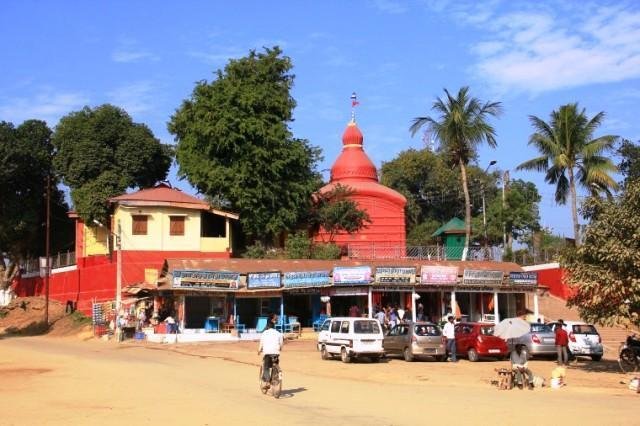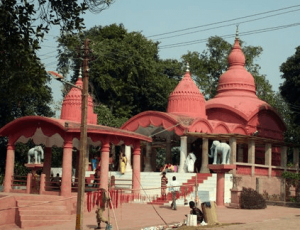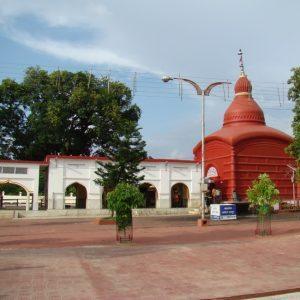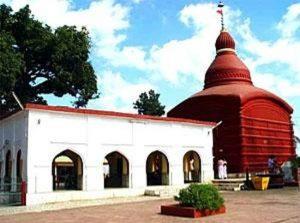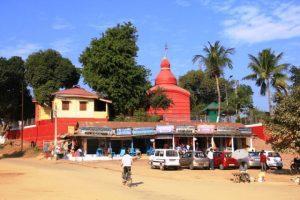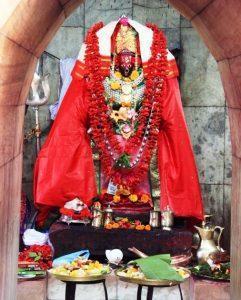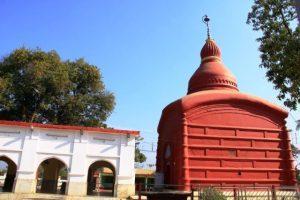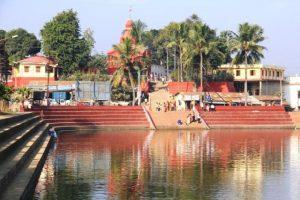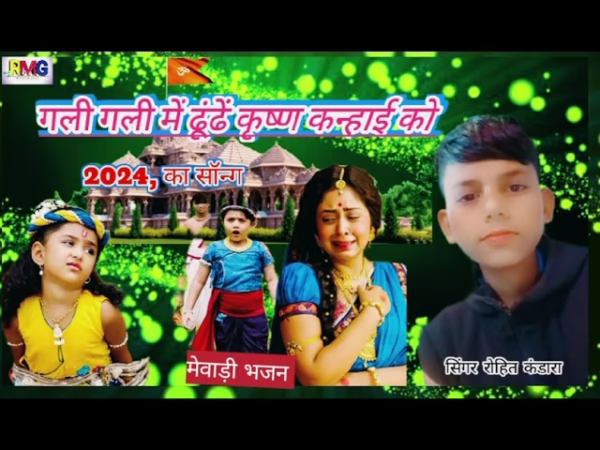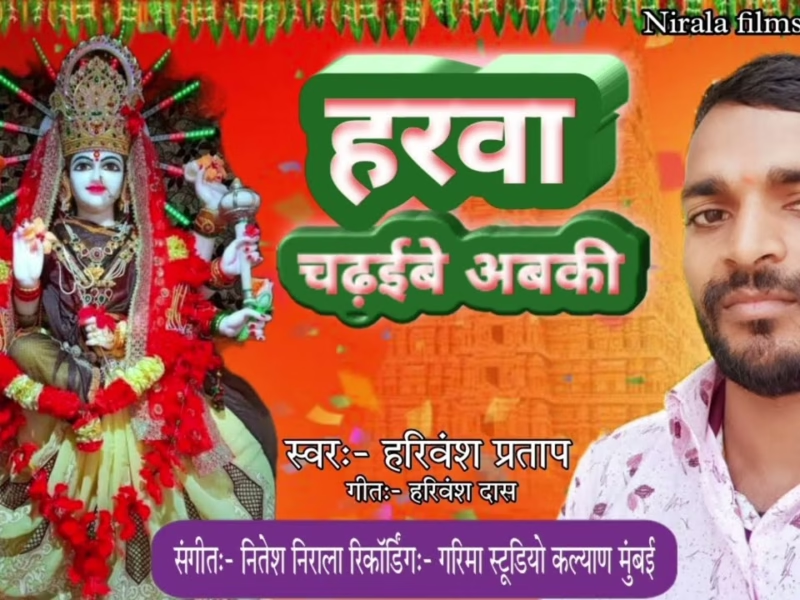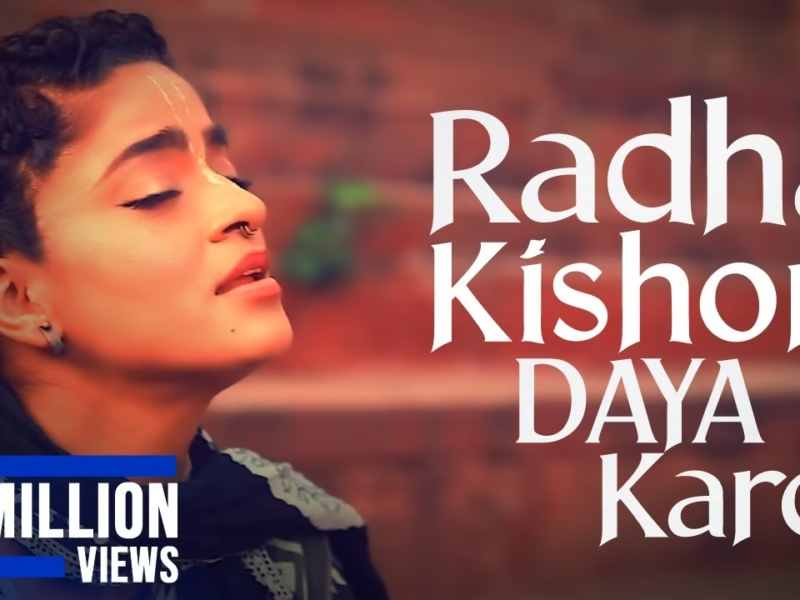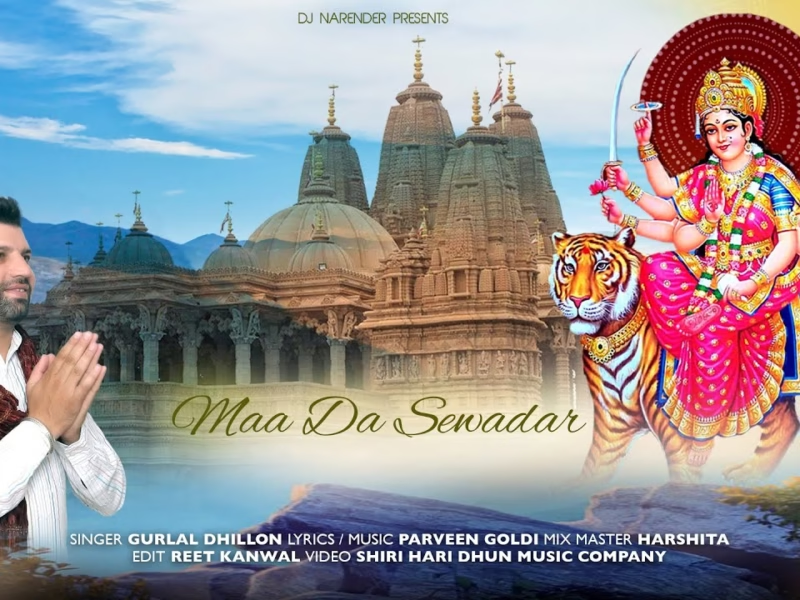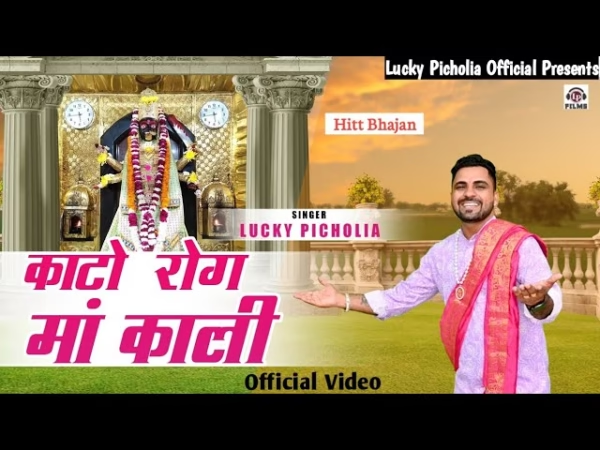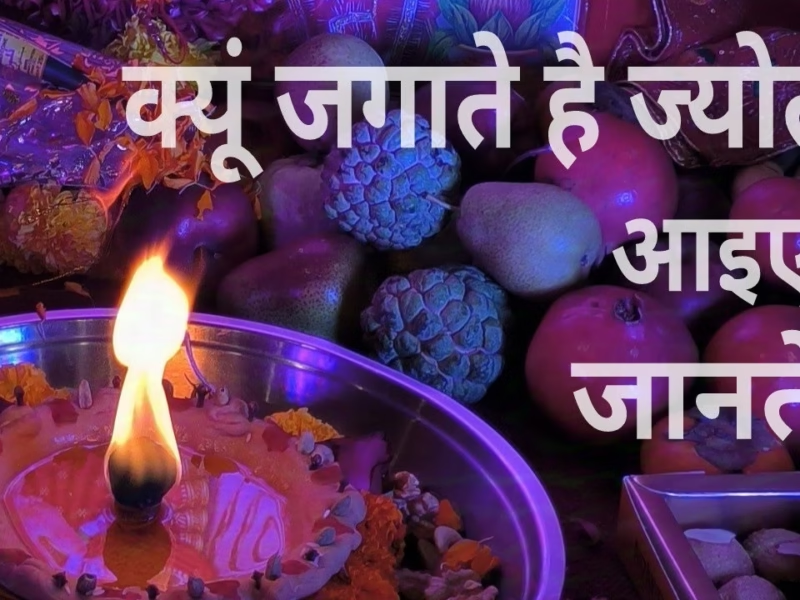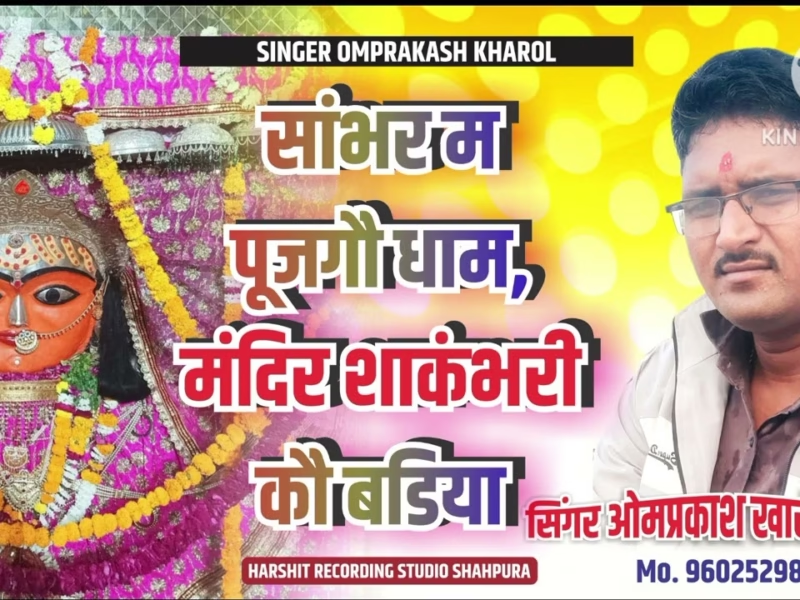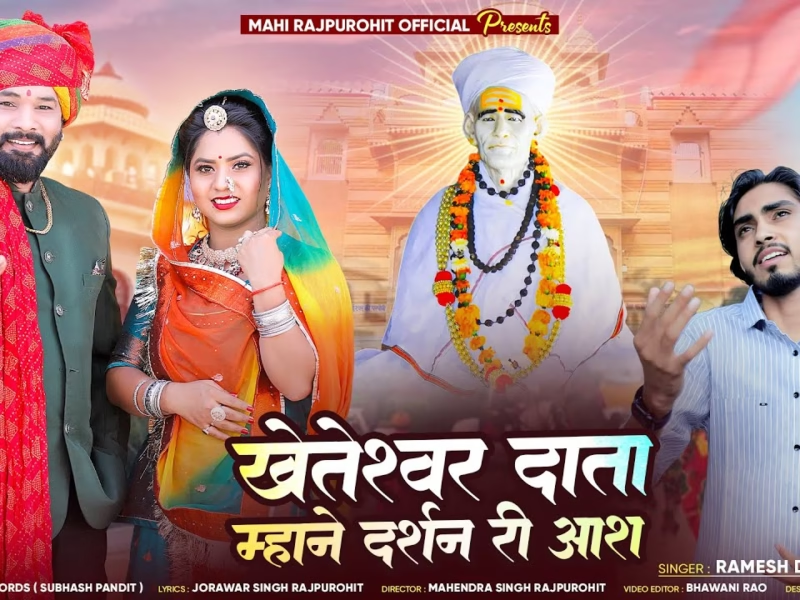Tripura Sundari Temple, Gomati, Tripura
| Date built: | 1501 AD |
|---|---|
| Deity: | Tripura Sundari |
| Architectural style: | Bengali (Ek-ratna style) |
| Major festivals | Deepavali |
| Locale: | – |
| District:: | Gomati |
| Address: | Fulkumari, Udaipur, Tripura 799013 |
| Phone | 08787522141 |
Tripura Sundari Temple is a Hindu temple of Goddess Tripura Sundari, better known locally as Devi Tripureshwari. The temple is situated in the ancient city of Udaipur, about 55 km from Agartala, Tripura and can be reached by train and road from Agartala. It is believed to be one of the holiest Hindu shrines in this part of the country. Popularly known as Matabari, the shrine is set upon a small hillock, since the shape of a hillock resembles the hump of a tortoise (Kurma) and this shape called Kurmapṛṣṭhākṛti is considered the holiest possible site for a Shakti temple, hence also bestowing the name of Kurma Pīṭha. The Goddess is served by traditional Brahmin priests.
The temple is considered to be one of the 51 Shakti Peethas; legend says that the right leg of Sati fell here. Here, Shakti is worshipped as Tripurasundarī and the accompanying Bhairava is Tripuresh. The main shrine, a cubical edifice with a three-tier roof with a finial, erected by Maharaja of Tripura Dhanya Manikya in 1501 AD, is constructed in the Bengali Ek-ratna style.
There are two similar but different sized black stone idols of the Goddess in the sanctum sanctorum of the temple. The larger and more prominent idol of 5 feet height is of Goddess Tripura Sundari and the smaller one, adorably called Chhoto-Ma (literally, Little Mother), is 2 feet tall and is an idol of Goddess Chandi. Folklore says that the smaller idol was carried by the kings of Tripura to the battlefield.
Every year on the occasion of Diwali, a famous Mela takes place near the temple which is visited by more than 0.2 million pilgrims.
Architecture
Tripura Sundari Temple is one of the holiest Hindu pilgrimage sites in Tripura. The temple is more than 500 years old and is popular for being one of the 51 peethas of Hindus. The locals called it the Matabari. Maharaja Dhanya Manikya built the temple in 1501 AD, at Udaipur, the former capital of Tripura kingdom. The site is believed to be the place where Sati’s right foot fell.
According to the legend Maharaja Dhanya Manikya was instructed in his dream to install goddess Tripura Sundari in the temple that stood at the edge of Udaipur town. A temple already stood at the small hilltop, but it was dedicated to Lord Vishnu. The king was amused by it. But he had the same dream again the next night. The king did as he was instructed and the temple came into being.
This ‘pithasthan’ (centre of pilgrimage) is also known as Kurma Pith because the shape of the temple premises resembles that of “Kurma” or tortoise. The idol of ‘Maa Kali’, presiding deity of the temple, stands in the sanctum sanctorum and it is made of reddish black stone, popularly known in Bengali as ‘Kashtipathar’.
The Goddess ‘Kali’ is worshipped in her incarnation as ‘Shoroshi’ (sixteen year old girl) in the temple by professional priests. An idol of smaller size of Maa Kali called ‘Chotto Maa’who stands beside the presiding deity used to be reportedly carried along by the kings during hunting expeditions and also during war for impromptu worship in tents. The temple consists of square type sanctum of the typical Bengali hut structure with a conical dome.
Legend / Local stories
Legend has it that King Dhanya Manikya, who ruled over Tripura in the closing years of the 15th century, had a revelation one night in a dream in which Goddess Tripura Sundari instructed him to initiate her worship on the hilltop near the town of Udaipur, the contemporary capital of the kingdom. The king found out that a temple on the hillock was already dedicated to Lord Vishnu. He was in a dilemma, unable to decide how a temple dedicated to Vishnu could have an idol of Shakti. The following night, the divine vision was repeated. The king understood that Vishnu and Shakti were different forms of the same Supreme Deity (Brahman). Thus, the temple of Tripura Sundari came into being around the year 1501 AD. In the dawn of this century, the temple has crossed 500 years. This legend is recounted as an example of solidarity between two sub-groups of Hinduism: the Vaishnava and the Shakta sects.
Photo Gallery
How to Reach:
Contact Details
Official Address

